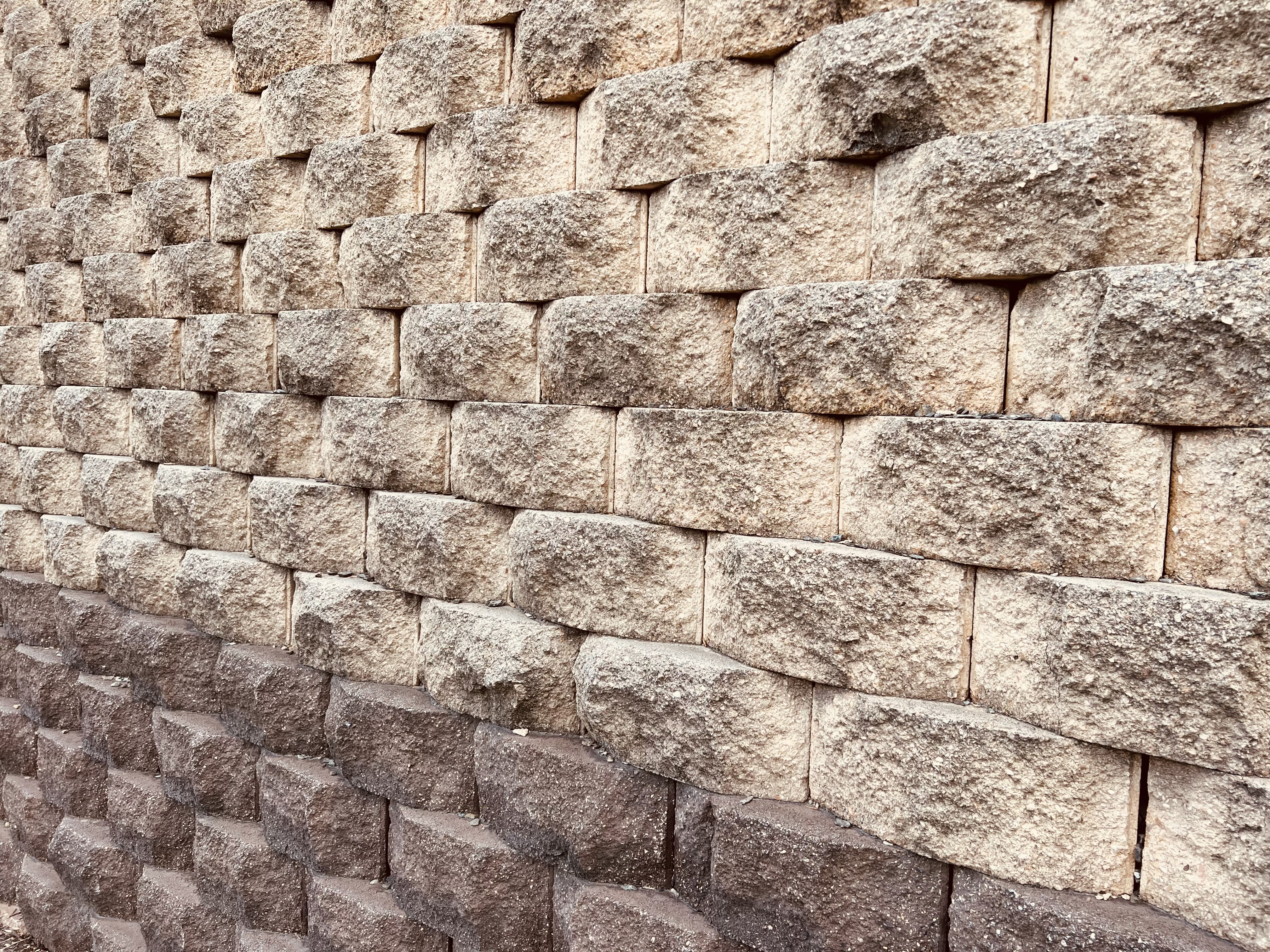Retaining Walls
The Significance of Retaining Walls
Retaining walls serve a crucial function in construction and landscaping, providing stability to sloped landscapes and safeguarding against soil erosion and collapse. They represent a balance of aesthetic appeal, practical application, and safety considerations.
Soil Stabilization:
Retaining walls are specifically designed to support soil masses and stabilize slopes, preventing soil movement and potential collapse. By restraining the soil, they protect the surrounding structures and landscape from possible damage.
Safety:
From a safety standpoint, retaining walls are essential. They provide protection to areas below the slope, ensuring that the soil does not give way suddenly, which could lead to significant harm or damage. Properly designed and constructed retaining walls offer peace of mind, securing the landscape effectively.
Aesthetics and Functionality:
In addition to their practical and safety functions, retaining walls can enhance the aesthetic appeal of a landscape. They offer opportunities for creative landscaping, including terraced gardens and sophisticated outdoor living spaces. Moreover, they can transform unusable slopes into functional spaces.
Value Addition:
A well-constructed retaining wall can increase the value of a property by improving its aesthetics, functionality, and safety. It's a worthwhile investment, enhancing both the appeal and usability of the land.
Concluding Thoughts
Retaining walls play a vital role in both construction and landscaping. They provide necessary safety measures, prevent soil erosion, and enhance the aesthetic and functional value of a property. Prioritizing their quality design and construction is a testament to responsible and smart land use.

